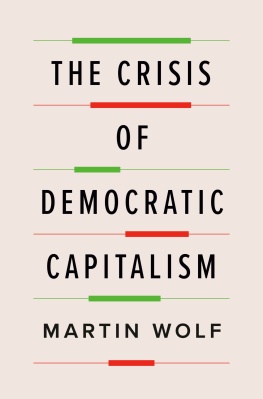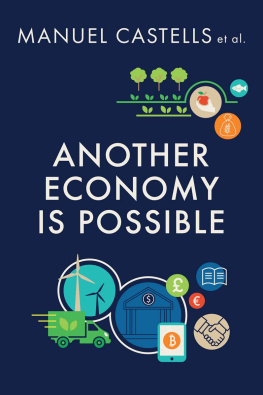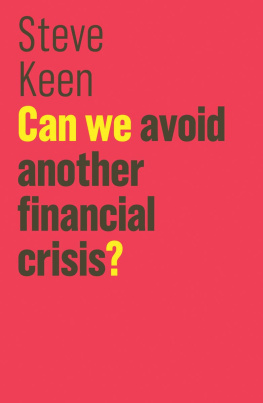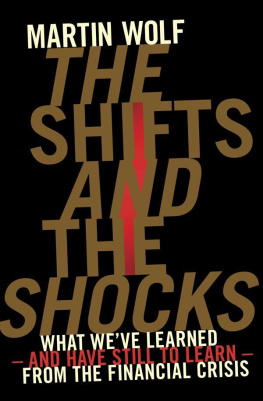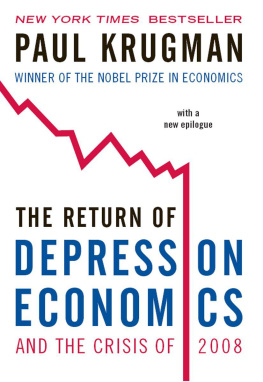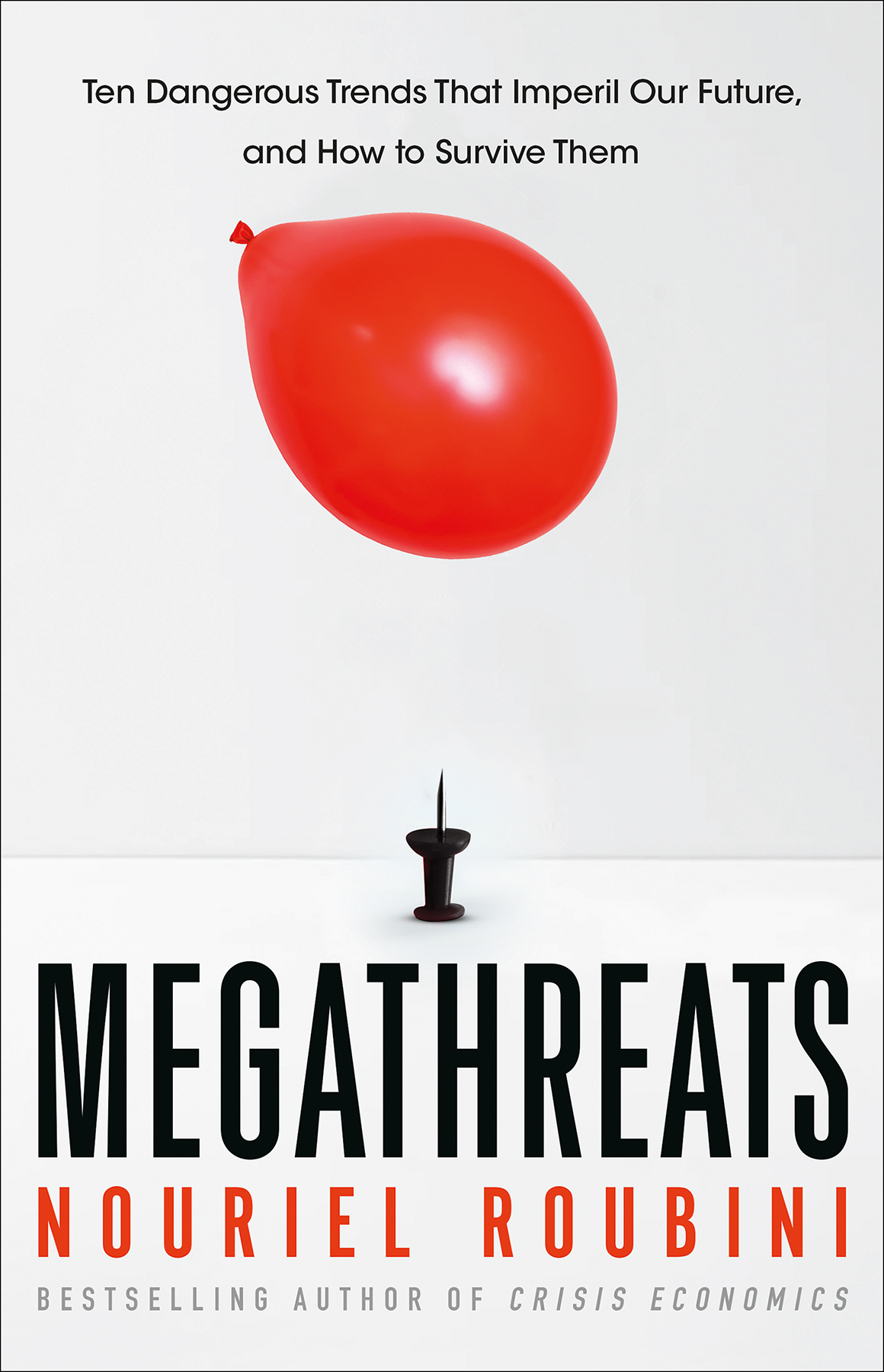
Copyright 2022 by Nouriel Roubini
Hachette Book Group supports the right to free expression and the value of copyright. The purpose of copyright is to encourage writers and artists to produce the creative works that enrich our culture.
The scanning, uploading, and distribution of this book without permission is a theft of the authors intellectual property. If you would like permission to use material from the book (other than for review purposes), please contact permissions@hbgusa.com. Thank you for your support of the authors rights.
Little, Brown and Company
Hachette Book Group
1290 Avenue of the Americas, New York, NY 10104
littlebrown.com
twitter.com/littlebrown
facebook.com/littlebrownandcompany
First ebook edition: October 2022
Little, Brown and Company is a division of Hachette Book Group, Inc. The Little, Brown name and logo are trademarks of Hachette Book Group, Inc.
The publisher is not responsible for websites (or their content) that are not owned by the publisher.
The Hachette Speakers Bureau provides a wide range of authors for speaking events. To find out more, go to hachettespeakersbureau.com or call (866) 376-6591.
ISBN 978-0-316-28453-0
E3-20220830-JV-NF-ORI
To my parents, Djalil and Rachel, and my siblings Niki, Davide, and Sabrina
Every day we face all kinds of risk. Some risks are relatively minor. We can err and still go on as before. If I invest $100 in a common stock, I can afford to lose some or all of that money. But if risks can cause serious and lasting harm, we call them threats. Buying a beach house on the edge of a cliff overlooking the ocean raises the stakes to threat level. Climate change, storms, and erosion at the base of the cliff imperil a much larger investmentand possibly my life, if I am so foolish as to watch the cliff erode right up to my foundation.
Individual decisions at least give us a say in our own fate. Choices get more complicated when they involve collective or societal risks, the domain of policy makers. Should a country go to war? Should a government bail out an industry? Should policy makers impose a high carbon tax to slow global climate change? For decisions like these, individual citizens have very limited input, but huge consequences can befall each and all of us. Look no further than the 2008 Global Financial Crisis or a bumbling pandemic responseas in COVID-19to see how flawed policies drain bank accounts and imperil the livelihoods and lives of millions. Collective responses are much harder than individual ones. It can be hard even to get a decision made when policy makers disagree and squabble with one another, nationally or at the international level.
As an economist, I observe risk and its consequences. In 2006 I saw stratospheric prices for houses, dangerous levels of mortgage debt, and overbuilding. New houses went begging for buyers. I warned that a historic bubble would soon burst and precipitate a global recession and financial crisis. Saying so in public venues won me no friends. Mocking critics called me Dr. Doom. They dismissed my urgent calls for caution. When events unraveled as I foresaw, culminating in the Global Financial Crisis, housing prices crashed across the United States (and other countries with housing bubbles), with worldwide reverberations for financial institutions and economies.
Risks and threats lurk everywhere. But some are slow moving, and some are far more dangerous than others. Some of the most dangerous are also the slowest moving, which makes it especially hard to generate a collective response. In this book, I want to draw attention to the biggest threats we face on our planet, whether they are slow moving or not, whether they will hit us very soon or a bit later. I call them megathreats, which I define as severe problems that could cause vast damage and misery and cannot be solved quickly or easily.
I do not use megathreat to refer specifically to warfare, though wars do cause immense misery, as the recent and brutal Russian invasion of Ukraine has shown. Wars have happened for as long as history has been written, if not longer; some are local, some are global; some happen quickly; some drag on for many years. But warfare is not a new challenge, and evading war is not my expertise, even if I will consider also the geopolitical megathreats that could lead to war among great powers and cause severe human, economic, and financial impact. Instead, the megathreats that concern me more are broad economic, financial, political, geopolitical, trade, technological, health, and climate-based challenges. Some, like the geo-political ones, can lead to cold and eventually destructive hot wars. I wrote this book because I believe we are facing ten of them, of such immense scale and urgency that we need to look ahead with clear vision and do what we can to prevent them from destroying us.
Memories fade, especially where economic discomfort is concerned. Apart from a handful of interruptions since World War II, the world has seen a long stretch of rising wealth, prosperity, peace, and productivity. For the past seventy-five years, we have enjoyed relative stability. Recessions have been, with a few exceptions, brief. Innovations have improved our quality of life. We have not experienced outright war among great powers. Each generation, in most nations, has been able to improve standards of living compared to their parents and grandparents generations.
Unfortunately, this long stretch of relative prosperity is not likely to continue much longer. We are facing a regime change from a period of relative stability to an era of severe instability, conflict, and chaos. We are facing megathreats unlike anything we have faced beforeand they are interconnected.
We totter now on a precipice, the ground shaking beneath us. Yet most of us still imagine that the future will resemble the past. Thats a whopping mistake. New warning signs look clear and compelling. Economic, financial, technological, trade, political, geopolitical, health, and environmental risks have morphed into something much bigger. Welcome to the era of megathreats: they will alter the world we thought we knew.
We must learn to live on high alert. Economic and geopolitical certainties we once took for grantedfrom job security, to a sustainable and healthy planet, where most infectious diseases were conquered, and to peace among rival great powersare disappearing. The postwar decades of economic growth and rising prosperity, interrupted only briefly by stagflation and short-lived recessions, are at serious risk of giving way to economic and financial crises unlike anything weve seen since the Great Depression. Those crises will be made worse by climate change, demographic collapse, nationalist policies that curtail trade and migration, global competition between China (and its revisionist allies such as Russia, Iran, and North Korea) and the United States and its allies, and a technological revolution that will displace more jobs in less time than any that has come before.
This book explores the ten key megathreats bearing down on us. Assembling them in one place reveals how they overlap and reinforce one another. There are links between debt accumulation and debt traps, easy money and financial crises, artificial intelligence (AI) and workplace automation, deglobalization, geopolitical clashes among great powers, inflation and stagflation, currency meltdowns, income inequality and populism, global pandemics and climate change. Each hampers our ability to address the others. A single threat sounds distressing. Ten megathreats happening at once is far, far worse.


